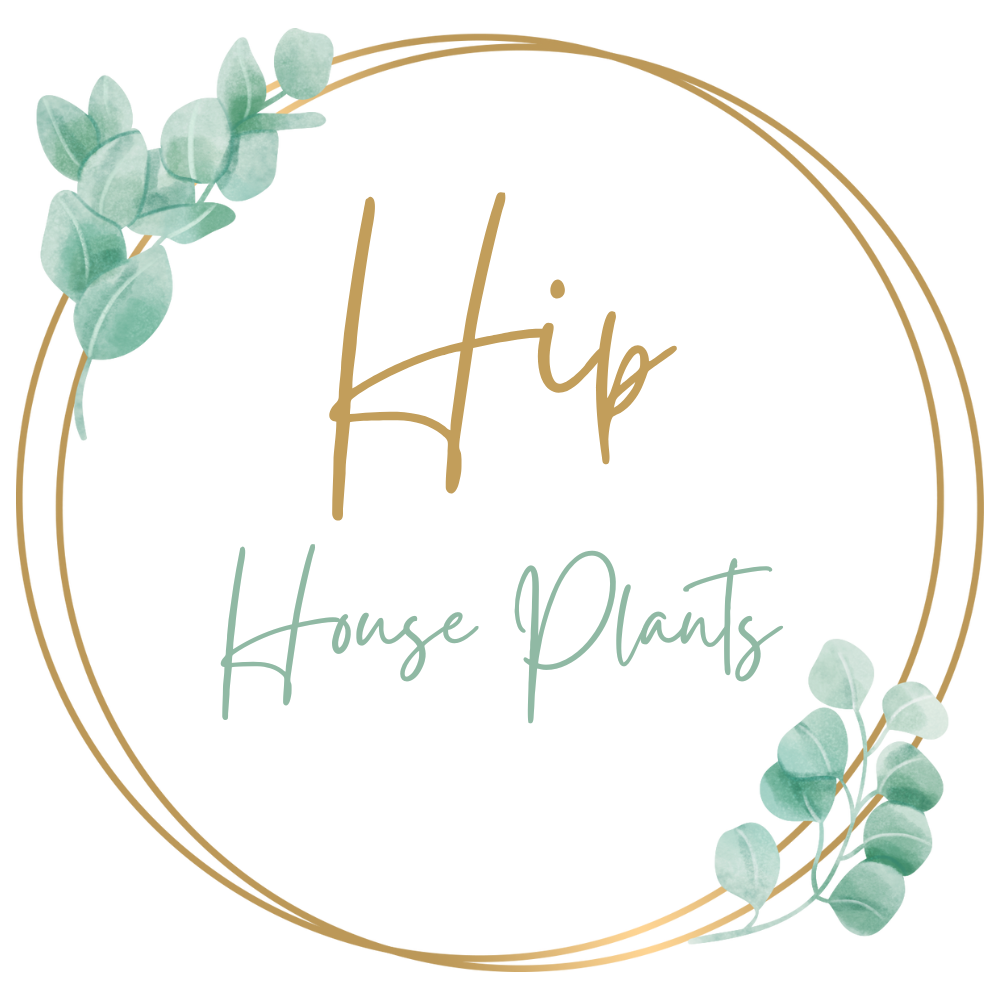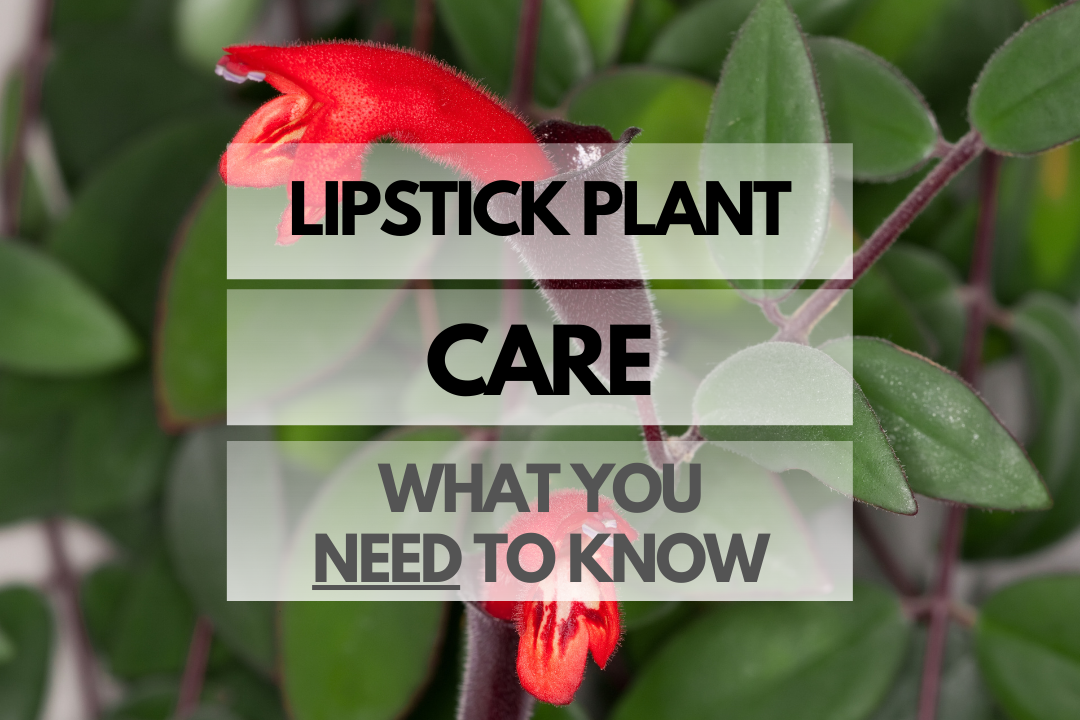Bring a touch of the tropics to your home with the vibrant and exotic Lipstick Plant! Known for its stunning, tube-shaped flowers, this plant is a delightful addition to any indoor space. In this care guide, we’ll share everything you need to know to keep your Lipstick Plant happy and healthy.
Lipstick Plant Care Guide
Quick Reference Table: Caring for Lipstick Plant
| Aspect | Requirement |
|---|---|
| Sunlight | Bright, indirect light |
| Soil | Well-draining, peat-based potting mix |
| Watering | Keep evenly moist, but not soggy |
| Pruning | Prune after flowering to encourage bushiness |
| Temperature | 65-80°F (18-27°C) |
| Common Problems | Overwatering, pests, lack of flowering |
Lipstick Plant Sunlight: Do They Need It and How Much?
Lipstick Plants thrive in bright, indirect sunlight. Direct sunlight can scorch their leaves, so it’s best to place them near an east or west-facing window with filtered light. In lower light conditions, the plant may not bloom as profusely, but it can still survive with proper care.
Lipstick Plant Soil Tips
Lipstick Plants prefer a well-draining, peat-based potting mix. A mix of peat moss, perlite, and vermiculite, in equal parts, works well. Good drainage is essential to prevent root rot, so be sure to choose a pot with drainage holes at the bottom.
Lipstick Plant Watering and Frequency
Keep the soil evenly moist, but not soggy, when watering your Lipstick Plant. Water thoroughly, allowing the excess to drain out of the bottom of the pot. Allow the top inch of the soil to dry slightly before watering again. During the winter months, reduce watering to allow the plant to rest.
Pruning Lipstick Plant Properly
Prune your Lipstick Plant after it has finished flowering to encourage bushiness and more blooms. Remove any dead or damaged growth, and trim back leggy stems to maintain the plant’s shape. Be sure to use clean, sharp pruning shears to avoid damaging the plant.
Optimal Lipstick Plant Temperature: Can They Tolerate the Cold?
Lipstick Plants are tropical plants and prefer temperatures between 65-80°F (18-27°C). They can tolerate short periods of cooler temperatures but should be protected from drafts and cold. If temperatures drop below 50°F (10°C), the plant may suffer damage or fail to bloom.
Common Lipstick Plant Problems
Overwatering
Overwatering can lead to root rot, which can be fatal for your Lipstick Plant. To avoid overwatering, allow the top inch of soil to dry slightly between waterings. Be sure to use a well-draining potting mix and a pot with drainage holes.
Pests
Lipstick Plants can be susceptible to pests such as mealybugs, spider mites, and aphids. Inspect your plant regularly for signs of infestation and treat promptly with insecticidal soap or neem oil. Keep the plant’s environment clean and maintain proper care to prevent pests.
Lack of Flowering
Insufficient light, improper watering, or inadequate fertilization can cause a Lipstick Plant to fail to bloom. Ensure your plant receives bright, indirect light, consistent moisture, and regular feeding with a balanced, water-soluble fertilizer during the growing season.
Lipstick Plant Outdoors vs Indoors
Lipstick Plants can be grown both indoors and outdoors, depending on your climate and preferences. Here’s a list of pros and cons for each option:
| Indoors | Outdoors |
|---|---|
| Controlled environment | More natural light |
| Decorative element for your home | Attracts pollinators |
| Protection from pests and diseases | Requires less supplemental lighting |
| Year-round enjoyment | May require winter protection in colder climates |
Best Pots for Lipstick Plant
When choosing a pot for your Lipstick Plant, opt for one with drainage holes to prevent waterlogged soil and root rot. A well-draining potting mix is essential for healthy plant growth. Materials such as terracotta, ceramic, or plastic all work well, but ensure they have proper drainage. For a visually striking display, choose a pot that complements the vibrant colors of the Lipstick Plant’s flowers.
Lipstick Plant Facts
Lipstick Plant Benefits
- Air purifying: Lipstick Plants help clean the air by absorbing toxins and releasing fresh oxygen.
- Decorative element: With their vibrant flowers and lush foliage, Lipstick Plants add a touch of the tropics to your home.
- Low maintenance: These plants are relatively easy to care for, making them perfect for busy plant parents or beginners.
- Positive energy: Lipstick Plants are believed to bring positive vibes and good luck to your living space.
Growth Rates: How Fast Do They Grow?
Lipstick Plants grow at a moderate rate, typically reaching their full size within 2-3 years. With proper care, they can grow up to 2 feet in height and have a similar spread.
Lipstick Plant Lifespan
With proper care, Lipstick Plants can live for several years. Keeping the plant in optimal conditions, such as providing the right amount of light, water, and nutrition, will help extend its lifespan.
Are Lipstick Plants Safe?
Lipstick Plants are considered non-toxic to humans and pets. However, it’s always a good idea to keep plants out of reach of children and pets to prevent potential ingestion or damage to the plant.
Lipstick Plant Flowers
The show-stopping feature of Lipstick Plants is their tubular, lipstick-like flowers. These flowers can range in color from red, orange, and yellow to pink and purple. The flowers typically appear in clusters and can last for several weeks, providing a vibrant pop of color in your home.
Lipstick Plant Types and Varieties
Aeschynanthus radicans
The most common variety of Lipstick Plant, Aeschynanthus radicans, features bright red flowers and dark green leaves. This trailing plant is perfect for hanging baskets or containers.
Aeschynanthus lobbianus
Also known as the ‘Rasta Lipstick Plant,’ Aeschynanthus lobbianus has striking red flowers with a golden throat. Its leaves are dark green and slightly wavy, giving it a unique appearance.
Aeschynanthus marmoratus
Commonly called the ‘Zebra Lipstick Plant,’ Aeschynanthus marmoratus has distinctive marbled leaves with a mix of green and silver. Its flowers are orange-red and tubular.
Lipstick Plant Pros and Cons
| Pros | Cons |
|---|---|
| Attractive, vibrant flowers | Requires bright, indirect light |
| Low-maintenance | Can be prone to pests |
| Non-toxic to humans and pets | May not flower without proper care |
Lipstick Plant Cost
Lipstick Plant prices can vary depending on the size, variety, and retailer. Smaller plants typically start at $10-$15, while larger, more mature plants can cost between $25-$50.
Where to Buy Lipstick Plants
You can purchase Lipstick Plants at local garden centers, nurseries, or online retailers such as Etsy, Amazon, and The Sill. Always choose a reputable seller to ensure a healthy plant.
Is Lipstick Plant Propagation in Water Possible?
Yes, Lipstick Plant propagation in water is possible. To propagate, take a cutting with 3-4 leaves, remove the lower leaves, and place the stem in a container of water. Once roots form, transfer the cutting to a pot with well-draining soil.
Additional Resources
- Missouri Botanical Garden: Aeschynanthus
- National Gardening Association: Aeschynanthus
- Facebook Group: Indoor Plant Lovers
- Reddit: r/houseplants
- Book: The Complete Houseplant Survival Manual by Barbara Pleasant
FAQ for Lipstick Plant Care
Are Lipstick Plants toxic to cats?
No, Lipstick Plants are considered non-toxic to cats.
Are Lipstick Plants toxic to dogs?
No, Lipstick Plants are considered non-toxic to dogs.
Are Lipstick Plants toxic to kids?
No, Lipstick Plants are considered non-toxic to humans. However, it’s best to keep plants out of reach of children to avoid ingestion or damage to the plant.
How tall do Lipstick Plants get?
Lipstick Plants can grow up to 2 feet tall with a similar spread.
Can Lipstick Plants live outside?
Lipstick Plants can be grown outdoors in USDA Hardiness Zones 10-11. In colder climates, they can be placed outside during the warm months but should be brought indoors when temperatures drop.
Are Lipstick Plants poisonous?
No, Lipstick Plants are considered non-toxic to humans and pets.
How often should I water my Lipstick Plant?
Water your Lipstick Plant when the top inch of soil feels dry. Be careful not to overwater, as this can lead to root rot.
What type of soil is best for Lipstick Plants?
Use a well-draining soil mix, such as a mix of peat moss, perlite, and vermiculite, for optimal Lipstick Plant growth.

